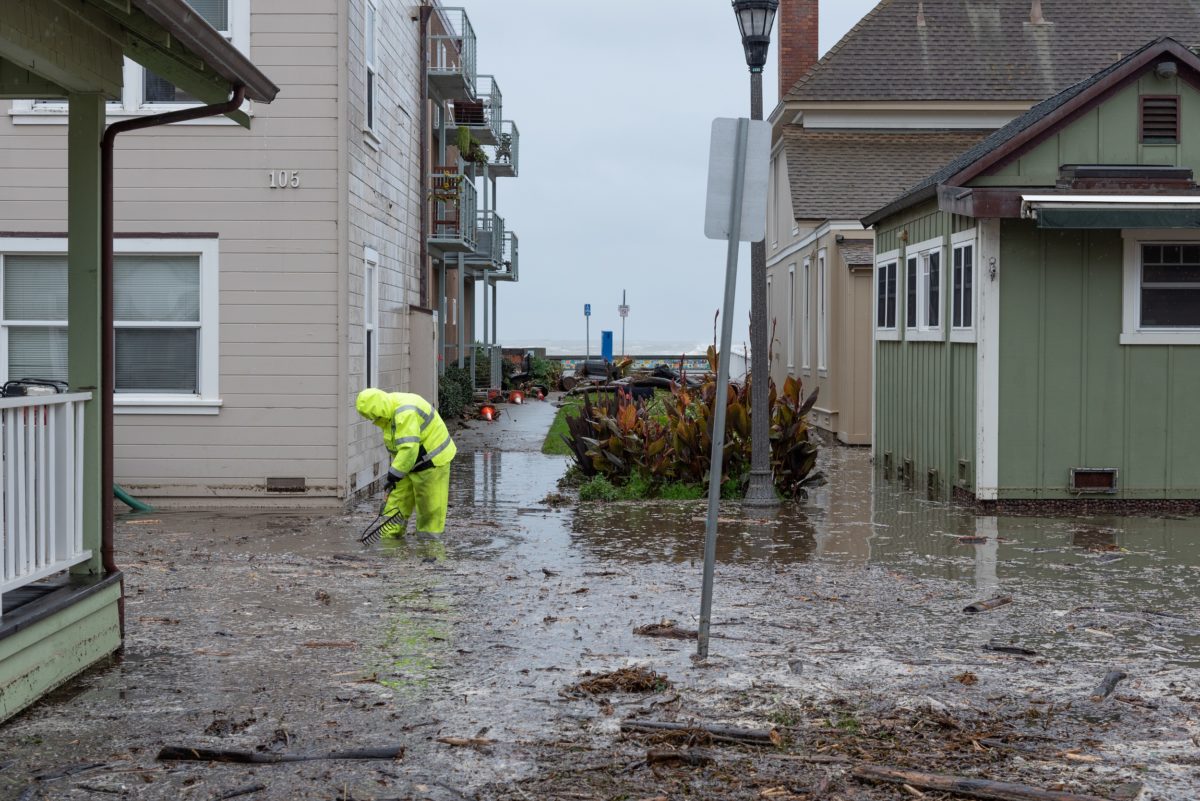
Last month, the Bay Area rang in — or perhaps more appropriately rained in — the new year with a barrage of storms. It started with an atmospheric river on New Year’s Eve that resulted in record-breaking rainfall. Oakland recorded its wettest day, with 4.8 inches of rain in 24 hours. San Francisco recorded its second-wettest day in almost two centuries, with 5.5 inches of rainfall. What followed was over two consecutive weeks of persistent, and sometimes intense, rain. While the New Year’s Eve storm set several records, this achievement was not particularly new. October 24, 2021 was the wettest day on record for many Bay Area cities. It may be time to change our perspective, these “unprecedented” events may not be so unprecedented. Instead, climate change forecasts suggest that with the “new normal” there will be extended periods of drought, punctuated by very intense storms that stress our critical and aging water infrastructure.
From December 31 through January 19, we received 145 California Office of Emergency Services (Cal-OES) incident reports, involving over 60 million gallons of unauthorized wastewater and stormwater discharges. During the same period, roughly 10 billion gallons of authorized discharges took place, so the spills represented much less than 1 percent of all wastewater discharges. Reported spill volumes are preliminary estimates and could increase as reports are updated. For many incidents, volumes have not yet been estimated. We will describe the most significant spills in a future report when complete and detailed information is available.
Untreated or partially treated sewage spills contain solids, biochemical oxygen demand nutrients, and pathogens. These pollutants affect water quality; however, the rain and related runoff from the recent storms greatly diluted these pollutants. We received no reports of dead fish. For context, last summer’s nutrients-fueled toxic algae bloom (a warm weather phenomenon) killed countless fish. Storm runoff likely mobilized larger sediment loads than the solids in the reported wastewater spills.
We have strong reporting requirements for wastewater spills; however, focusing solely on wastewater misses the most significant impacts of the recent storms. There was significant property damage, and more than a dozen people died. The weather caused tidal surges, high winds, downed trees, power outages, saturated soils, sink holes, and mud slides.
Significant flooding blocked roadways, inundated homes and businesses, and threatened, and in some cases damaged, critical infrastructure. Flooding occurred in San Francisco, San Mateo, Alameda, Pleasanton, and coastal areas, to name just some examples. Urban floodwaters nearly always come into contact with sanitary sewer systems, so people were exposed to pathogens in sewage and urban stormwater.
Our programs include actions to prepare for and mitigate the impacts of intense storms. For wastewater collection systems, for example, new Waste Discharge Requirements that become effective in June will strengthen asset management requirements. Existing enforcement orders, including an East Bay Communities consent decree, San Francisco cleanup and abatement order, and several cease and desist orders, aim to better manage wet weather flows.
More broadly, we continue to engage stakeholders to promote infrastructure improvements, including nature-based solutions that provide resiliency in the face of climate change. We will continue to assess what happened during the recent storms, determine what we can learn from them, and use what we learn to inform future actions.
Source: February 2023 Executive Officer’s Report, Regional Water Quality Control Board San Francisco Bay Region